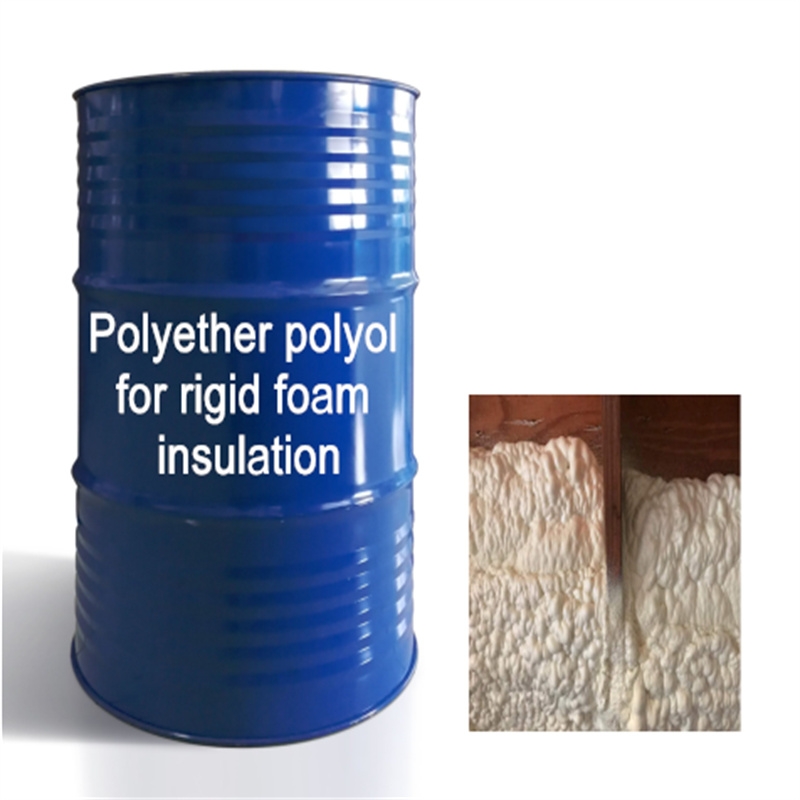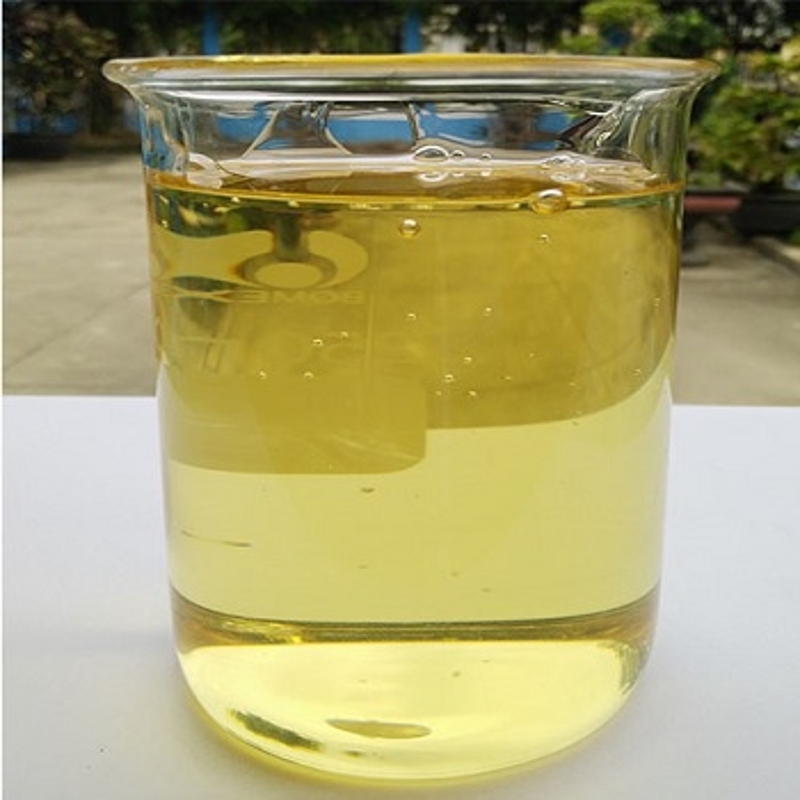-
Categories
-
Pharmaceutical Intermediates
-
Active Pharmaceutical Ingredients
-
Food Additives
- Industrial Coatings
- Agrochemicals
- Dyes and Pigments
- Surfactant
- Flavors and Fragrances
- Chemical Reagents
- Catalyst and Auxiliary
- Natural Products
- Inorganic Chemistry
-
Organic Chemistry
-
Biochemical Engineering
- Analytical Chemistry
- Cosmetic Ingredient
-
Pharmaceutical Intermediates
Promotion
ECHEMI Mall
Wholesale
Weekly Price
Exhibition
News
-
Trade Service
In recent years, China's new energy battery market with the help of the rapid growth of the national economy and the rapid development of graphene industry, graphene battery market is developing steadily, and continue to attract foreign investment
.
Opportunities and challenges coexist, and the market prospects of China's graphene battery companies are very promising
.
With the development of the industrial era, batteries as a source of power, occupy an increasing share of the world market, and these problems of traditional batteries have become their own "criticism" and need to be solved
urgently.
Technology and materials are the main breakthrough point, after realizing that the battery industry will be a huge market, over the years, a large number of domestic and foreign companies and institutions have invested in research, hoping to find a perfect material to develop new batteries, break through the limitations
of use.
At the same time, polycarbon composite materials that have been committed to the research and development of graphene have found that traditional lithium-ion batteries use graphite anode materials, and in the case of similar negative electrode performance, the performance of lithium-ion batteries largely depends on the cathode material
.
Therefore, polycarbon composite researchers came up with the idea of using a new energy material graphene
on batteries.
Its experiments show that by adding graphene to the positive and negative electrode materials of lithium batteries, one is as a conductive agent, and the other is used as a lithium embedded material for the negative electrode, while reducing the internal resistance of the battery, it can achieve the role of
achieving high rate fast charging and fast discharging, greatly improving the cycle life of the battery and improving the performance of the battery to withstand high and low temperatures.
While graphene batteries have achieved revolutionary success, the research field of polycarbon composite graphene quantum batteries has also achieved brilliant research and development results
.
Recently, Professor Wang Dianlong, chief scientist of polycarbon composite materials and Harbin Institute of Technology, has made a major breakthrough
in the field of graphene quantum batteries.
Through experiments and theoretical calculations, they found that the self-developed nanographene/LiFePO4 battery has an ultra-fast charge-discharge rate in an aqueous solution, and the capacity can maintain 92%
of the theoretical capacity at a charge-discharge rate of 200C (3600/200=18 seconds).
This rate performance exceeds the fastest charge and discharge speed reported by Professor MIT Ceder in Nature in 2009 (the capacity remains 56% at 150C), and it is also found that the charging and discharging speed of organic electrolytes under the same conditions is about 10 times
faster.
It is worth mentioning that polycarbon composite researchers not only improve the battery life, but also do better than traditional batteries in drum-proof and flame-proof, successfully reversing the embarrassing situation that batteries will be affected in overheated or cold weather, so that electric vehicles can be fully charged and used
smoothly even at low temperatures.
After the product landed, Polycarbon Composite called this real graphene battery a graphene quantum battery, which is expected to be listed in
April 2017.
The team estimates that if graphene quantum batteries are widely used, smartphones and electric vehicles will bring hundreds of millions of dollars in economic profits
to China every year.
In recent years, China's new energy battery market with the help of the rapid growth of the national economy and the rapid development of graphene industry, graphene battery market is developing steadily, and continue to attract foreign investment
.
Opportunities and challenges coexist, and the market prospects of China's graphene battery companies are very promising
.
With the development of the industrial era, batteries as a source of power, occupy an increasing share of the world market, and these problems of traditional batteries have become their own "criticism" and need to be solved
urgently.
Technology and materials are the main breakthrough point, after realizing that the battery industry will be a huge market, over the years, a large number of domestic and foreign companies and institutions have invested in research, hoping to find a perfect material to develop new batteries, break through the limitations
of use.
At the same time, polycarbon composite materials that have been committed to the research and development of graphene have found that traditional lithium-ion batteries use graphite anode materials, and in the case of similar negative electrode performance, the performance of lithium-ion batteries largely depends on the cathode material
.
Therefore, polycarbon composite researchers came up with the idea of using a new energy material graphene
on batteries.
Its experiments show that by adding graphene to the positive and negative electrode materials of lithium batteries, one is as a conductive agent, and the other is used as a lithium embedded material for the negative electrode, while reducing the internal resistance of the battery, it can achieve the role of
achieving high rate fast charging and fast discharging, greatly improving the cycle life of the battery and improving the performance of the battery to withstand high and low temperatures.
While graphene batteries have achieved revolutionary success, the research field of polycarbon composite graphene quantum batteries has also achieved brilliant research and development results
.
Recently, Professor Wang Dianlong, chief scientist of polycarbon composite materials and Harbin Institute of Technology, has made a major breakthrough
in the field of graphene quantum batteries.
Through experiments and theoretical calculations, they found that the self-developed nanographene/LiFePO4 battery has an ultra-fast charge-discharge rate in an aqueous solution, and the capacity can maintain 92%
of the theoretical capacity at a charge-discharge rate of 200C (3600/200=18 seconds).
This rate performance exceeds the fastest charge and discharge speed reported by Professor MIT Ceder in Nature in 2009 (the capacity remains 56% at 150C), and it is also found that the charging and discharging speed of organic electrolytes under the same conditions is about 10 times
faster.
It is worth mentioning that polycarbon composite researchers not only improve the battery life, but also do better than traditional batteries in drum-proof and flame-proof, successfully reversing the embarrassing situation that batteries will be affected in overheated or cold weather, so that electric vehicles can be fully charged and used
smoothly even at low temperatures.
After the product landed, Polycarbon Composite called this real graphene battery a graphene quantum battery, which is expected to be listed in
April 2017.
The team estimates that if graphene quantum batteries are widely used, smartphones and electric vehicles will bring hundreds of millions of dollars in economic profits
to China every year.







